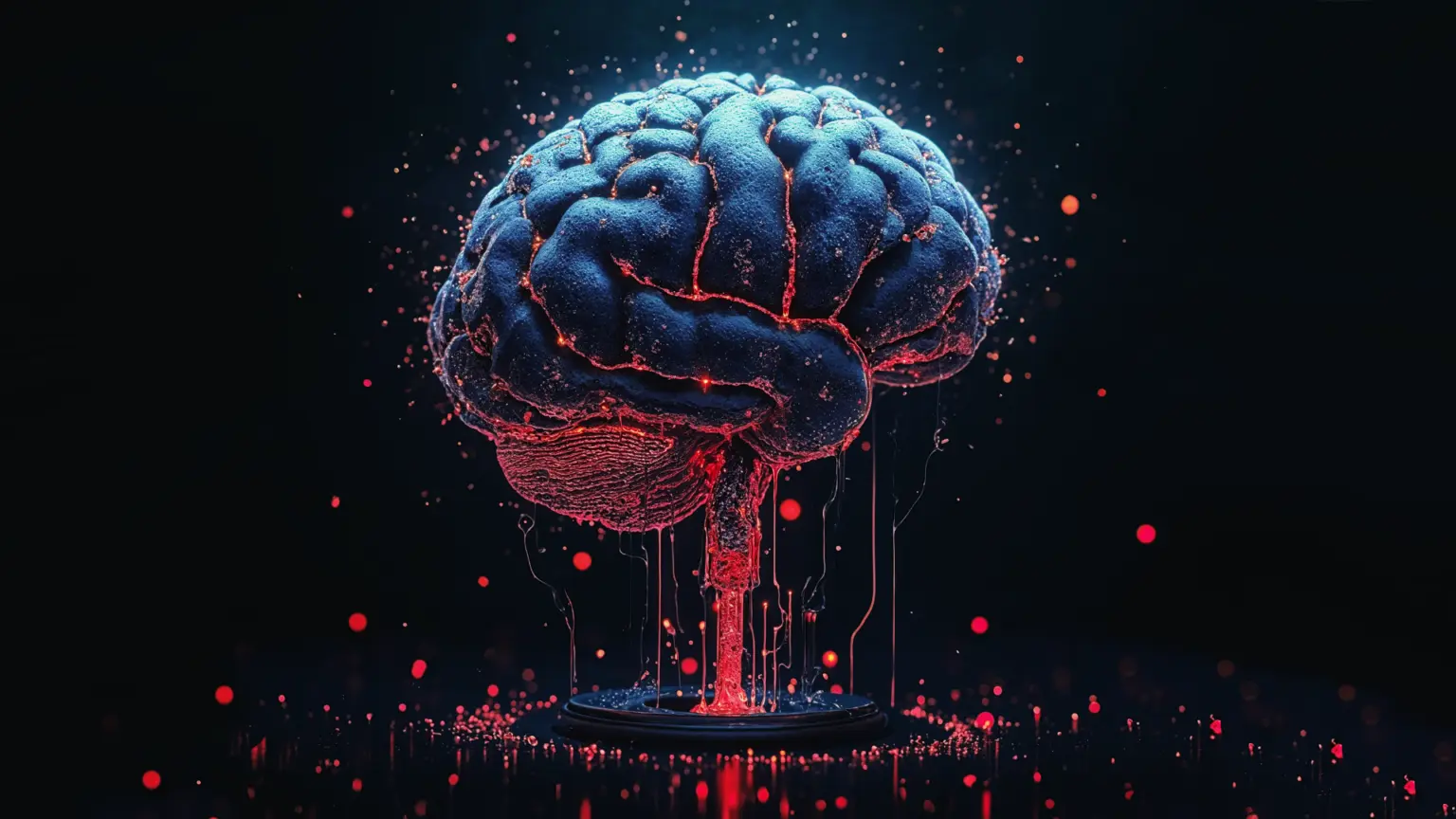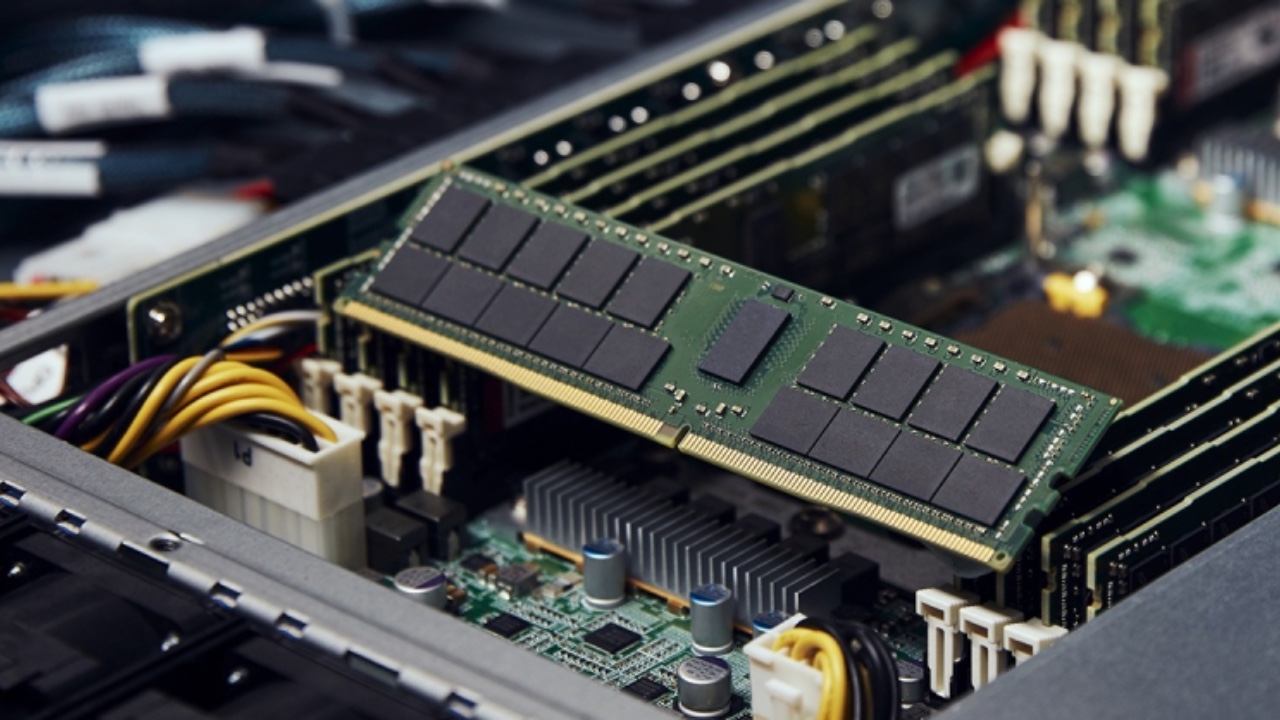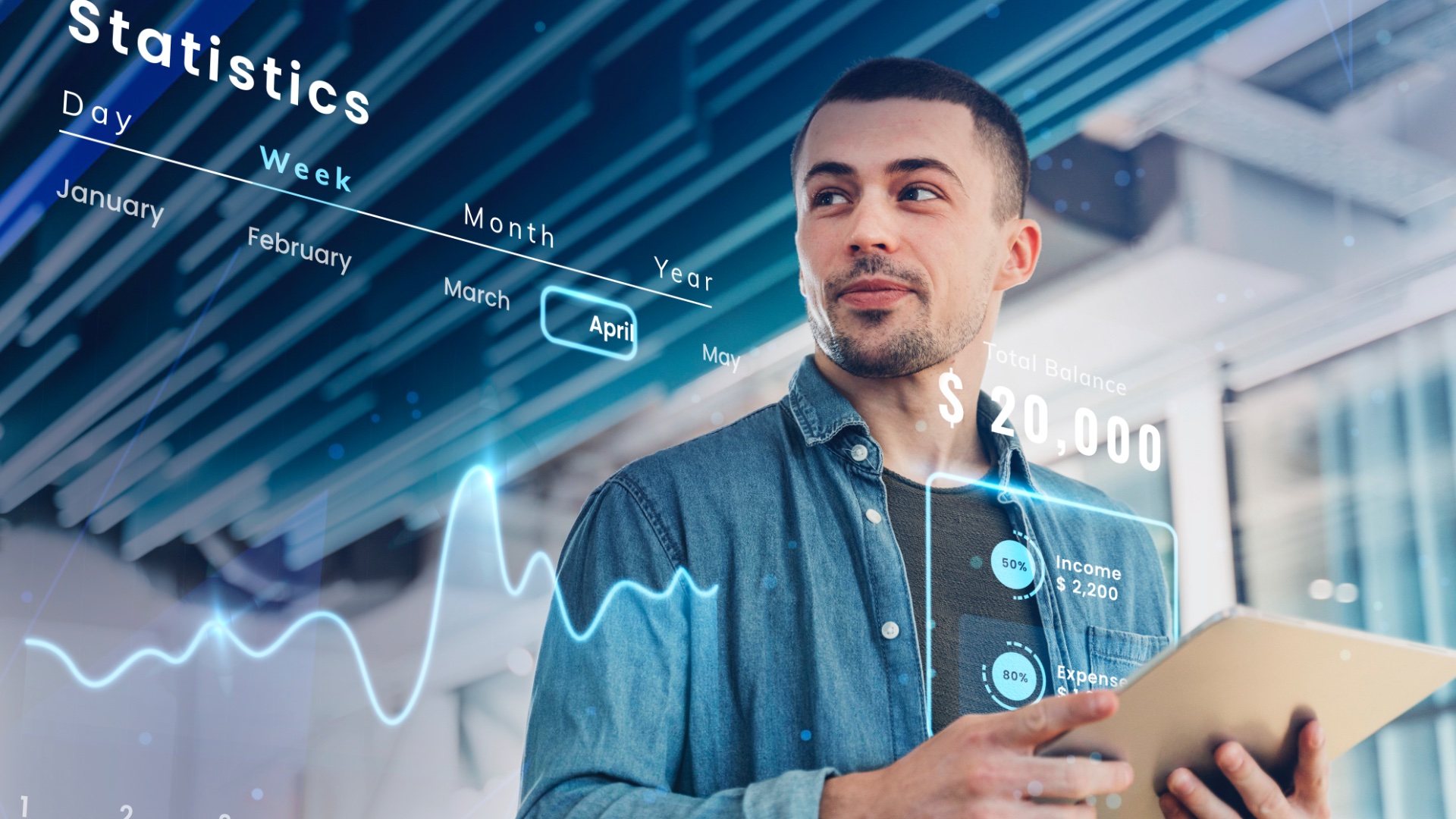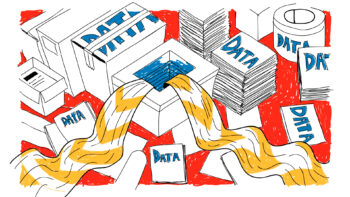At the intersection of two of the most disruptive technologies of our time – artificial intelligence and quantum computing – a new field is emerging: quantum AI (Quantum AI). It is a concept that promises to solve problems of a scale of complexity beyond the capabilities of even the most powerful supercomputers. While its large-scale practical applications are still a future prospect, it is already forcing a review of business and technology strategies in key economic sectors.
Quantum AI is not simply a faster version of the machine learning models we are familiar with. It is a fundamental paradigm shift that relies on qubits instead of classical bits, operating in the binary system (0 or 1). It is the qubit, the basic unit of quantum information, that accounts for its revolutionary potential.
Foundations of a new era of computing
At its core are two fundamental principles of quantum mechanics: superposition and entanglement. Superposition allows a qubit to exist in multiple states simultaneously – to be a combination of 0 and 1, rather than just one of these values. Entanglement, on the other hand, causes two or more qubits to become inextricably linked. A change in the state of one of them immediately affects the state of the other, regardless of the distance separating them.
These two properties give quantum computers the ability to process an unimaginable number of combinations in parallel. Where a classical computer must sequentially analyse each possibility, a quantum machine can explore the entire space of potential solutions simultaneously. Combined with AI algorithms, this paves the way for solving optimisation, simulation and cryptographic problems that have hitherto remained beyond our reach.
Algorithms that create and break security features
While talk of quantum computing has been around since the 1980s, when David Deutsch presented a theoretical model of a ‘quantum Turing machine’, the 1990s brought two algorithms that defined the potential and dangers of the technology.
The first is the Shor algorithm, developed by Peter Shor in 1994. Its ability to efficiently decompose large numbers into prime factors is an existential threat to most modern cryptographic systems, such as RSA, which protect global communications and finance. An effective implementation of this algorithm on a suitably powerful quantum computer could break current security measures in a time that is incomparably shorter than any classical machine.
The second is Grover’s algorithm, which quadratically speeds up searches of unstructured databases. Although its implications are less dramatic than Shor’s algorithm, it is of great importance for optimisation, data analysis and cryptanalysis.
These two examples demonstrate the dual nature of quantum AI: on the one hand, it can create new, virtually unbreakable security systems (post-quantum cryptography); on the other, it can destroy those on which today’s digital world is based.
From lab to business
The potential of quantum AI goes far beyond cryptography. Already, companies and research institutions are exploring its applications in many fields:
- Medicine and pharmacy: simulating molecular interactions to design new drugs and personalised therapies. The complexity of these systems is so high that modelling them accurately on classical computers is impossible. Quantum AI could drastically reduce the time and cost of researching new substances.
- Finance: Create much more sophisticated models for risk assessment, investment portfolio optimisation and market forecasting. The ability to analyse huge, multi-dimensional data sets in real time could revolutionise trading and asset management.
- Logistics and optimisation: Solving extremely complex logistical problems, such as optimising global supply chains (the so-called ‘commuter problem’ for thousands of cities), which would translate into gigantic savings in time and resources.
- Materials science: Designing new materials with unique properties (e.g. superconductors operating at room temperature) by simulating their behaviour at the quantum level.
Cold shower
Despite the promising prospects, the road to practical and widespread quantum AI is fraught with challenges. The biggest of these is the very physical nature of quantum computers. Cubits are extremely sensitive to any disturbance from the environment, such as fluctuations in temperature, pressure or magnetic fields. This phenomenon, known as decoherence, causes a loss of the delicate quantum state and leads to errors in calculations.
To prevent this, quantum processors must operate under extreme conditions: at temperatures close to absolute zero (-273°C) and in a near-perfect vacuum, isolated from external electromagnetic fields. Building and maintaining such machines is extremely expensive and complicated.
Other challenges include the need to develop new fault-tolerant algorithms, as well as a shortage of skilled professionals capable of working at the interface between computer science, quantum physics and artificial intelligence.
State of play and outlook
The technology race is already on. Giants such as Google (TensorFlow Quantum), IBM (Qiskit) and Amazon (Braket) are providing cloud platforms that allow developers and researchers to experiment with quantum algorithms on real hardware or in advanced simulators. Initiatives such as the European Quantum Spain project show that governments also recognise the strategic importance of this technology.
For the IT industry, this means that it needs to prepare for a hybrid future in which classical systems will collaborate with quantum systems, delegating tasks to them that they cannot handle on their own. Already, a key trend is becoming the development of post-quantum cryptography (PQC), i.e. algorithms that are resistant to attacks from both classical and quantum computers.
Quantum AI will not replace traditional artificial intelligence in tasks such as image recognition or natural language processing. Rather, it is a specialised tool that will make leaps and bounds in solving a specific but highly relevant class of problems.












